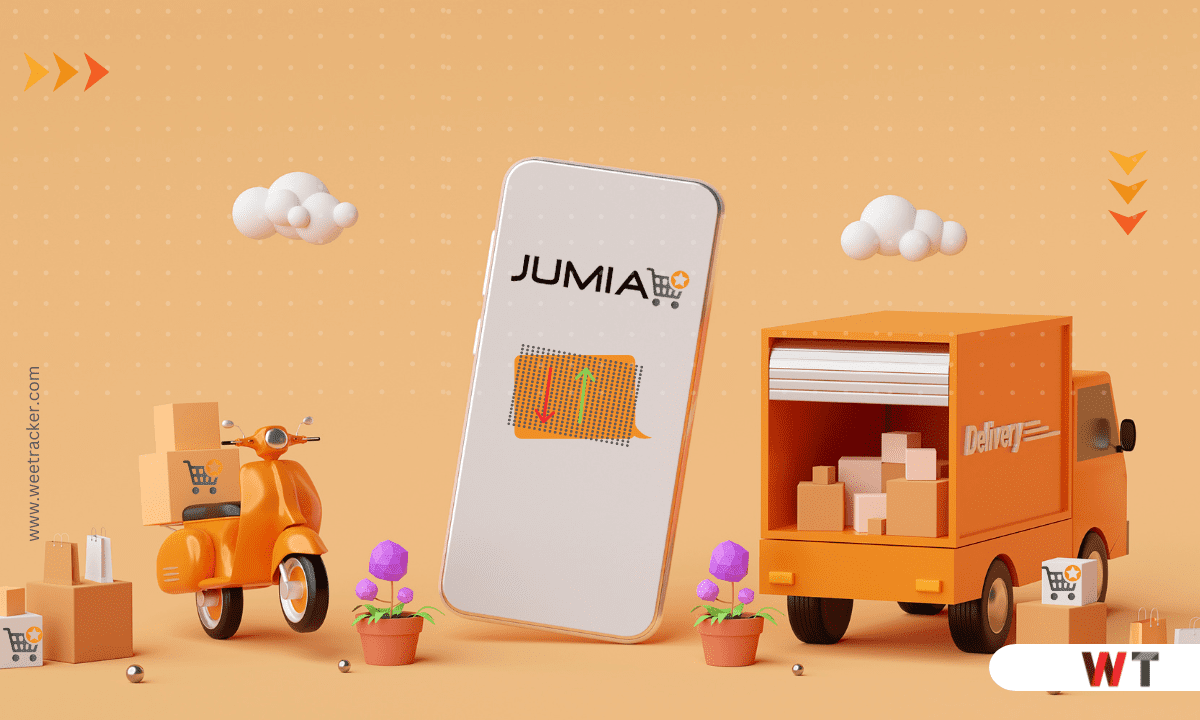Jumia’s Revenue Slumps In Q3 As It Struggles To Find New Customers

Africa’s leading e-commerce player, Jumia, is hitting a wall. The company’s third-quarter 2024 results reveal a 13% year-over-year revenue decline to USD 36.4 M as the company grapples with stagnation despite its attempts to weather tough macroeconomic conditions. Even as Jumia looks to offset some of these headwinds by targeting underserved rural areas, its path to profitability and sustainable growth remains riddled with challenges.
Jumia’s latest financial results highlight a complex picture. While the company reported positive growth on a constant currency basis—with revenue up 9% and Gross Merchandise Value (GMV) increasing by 29%—these numbers mask underlying struggles. Foreign exchange devaluations in major markets, including Nigeria and Egypt, have severely impacted Jumia’s financials. As a result, actual GMV remained nearly flat, dipping 1% to USD 162.9 M, and the company’s adjusted EBITDA loss widened to USD 17 M, up 15% year-over-year.
“Continued resilience in our usage and business fundamentals” amid these pressures is how Jumia’s CEO, Francis Dufay, framed the situation. Yet, while Dufay has highlighted growth in “Quarterly Active Customers” and “Orders,” the company’s active customer count remains stubbornly flat at around 2 million. This number hasn’t budged since Q3 2023 and has steadily declined from a peak of 3.8 million at the end of 2021. This prolonged stagnation poses a headache, particularly in an industry where customer growth often drives platform scalability and profitability.
“Upcountry” Expansion: A Gamble on Rural Markets
In response to this plateauing customer base, Jumia has turned to an ambitious new strategy—going “upcountry.” The company has begun to expand its pickup stations into rural and semi-urban areas, betting that this shift will bring in new customers and reduce the high costs associated with last-mile delivery.
For Jumia, reaching beyond major cities isn’t just a growth opportunity; it’s a survival strategy. Africa’s rural areas have largely been left out of the e-commerce boom due to poor infrastructure and high delivery costs. By leveraging pickup stations, Jumia can centralise deliveries in remote regions, bypassing costly door-to-door service and making online shopping more accessible and affordable for rural consumers.
The City Expansion initiative, already visible in Uganda with 99 pickup stations across 25 cities—as well as Nigeria, Senegal, and Ivory Coast—is a step toward capturing the rural market. Dufay expressed optimism about this model, noting, “We can offer competitive delivery options without the need for complex last-mile logistics.” The benefits are twofold: rural customers gain access to a broader range of products, while Jumia cuts costs—a critical move as it strives for profitability.
That quest remains elusive and the journey has been arduous. Jumia has recorded over USD 1 B in losses since listing on the New York Stock Exchange in 2019. Its stock has fallen 70% since its IPO as growth stalls and operating losses mount.
Exiting South Africa and Tunisia to Consolidate Resources
Yet Jumia’s struggle with customer stagnation goes beyond expanding into new territories. The company is also retrenching from certain markets. Announcing its exit from South Africa and Tunisia, Dufay described the decision as difficult but necessary to “refocus our resources on the other nine markets, where we see more promising trends in terms of scale and profitability.” Both markets accounted for only 2% of orders and 3% of GMV in the first half of 2024 and have been underperforming amid fierce competition and macroeconomic instability.
South Africa’s competitive landscape, in particular, has become increasingly crowded. Global retail giant Amazon officially entered the market in May 2024, heightening pressure on local players. Similarly, with its limited growth potential and challenging economic conditions, Tunisia offered little upside for Jumia. By trimming these markets, Jumia hopes to concentrate its resources where it sees stronger growth potential, such as Egypt, Nigeria, and Kenya.
Challenges and the Road Ahead
Despite the strategic rationale behind these moves, Jumia’s struggle to turn a profit continues. The company’s cash flows used in operating activities amounted to USD 26.8 M in Q3, an increase from the previous year. Although the company improved its liquidity position to USD 164.6 M, bolstered by a recent At-the-Market offering, these funds are earmarked for operational costs rather than robust expansion or technological innovation.
Jumia’s ability to achieve profitability now hinges on the success of its rural market strategy and its streamlined market focus. However, even as the company looks to pivot, the pressure from competitors and economic uncertainties remains intense. Social commerce platforms and cottage e-commerce players are gaining ground. In contrast, Jumia’s smaller rivals have found success using agent-led models, which have proven effective in rural regions but are challenging to scale.
Jumia’s emphasis on pickup stations could indeed be a game-changer, but it’s a long-term bet. It demands the company to establish a robust infrastructure while ensuring enough traction in rural areas to justify the expansion costs.
For now, Jumia’s latest moves may offer a temporary respite from its struggles with stagnant growth, but the company’s journey to profitability remains uncertain.